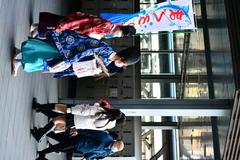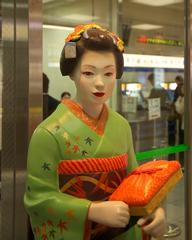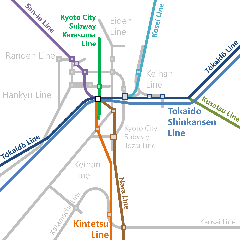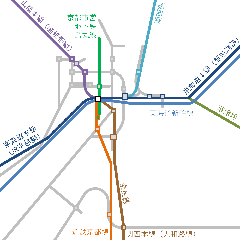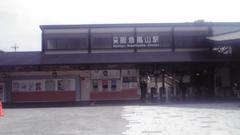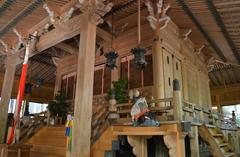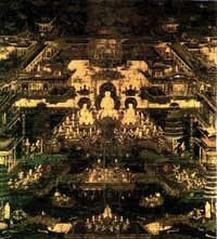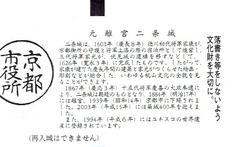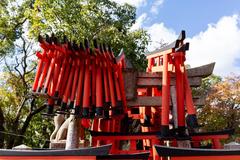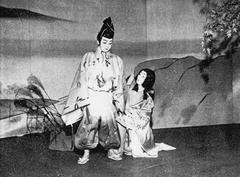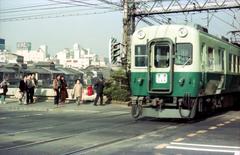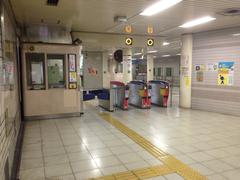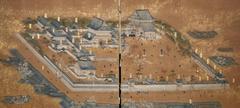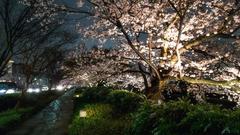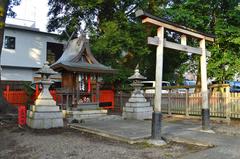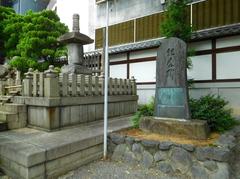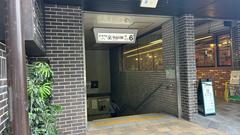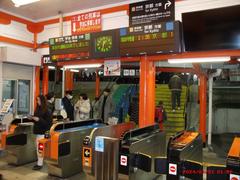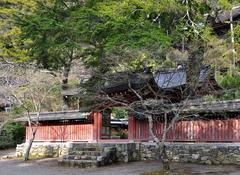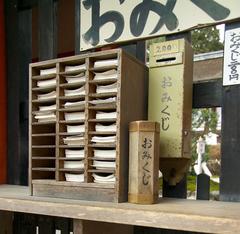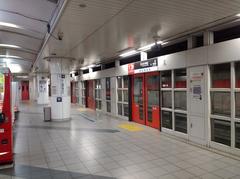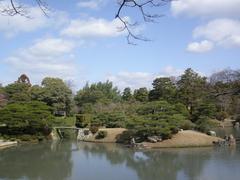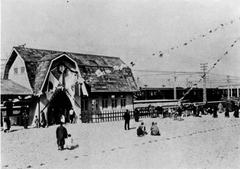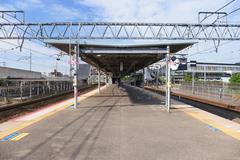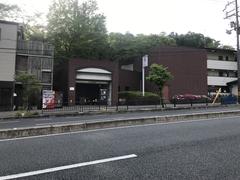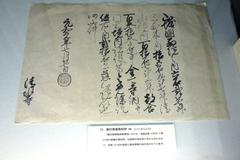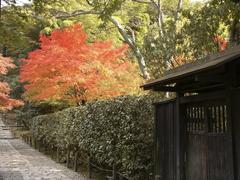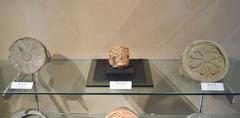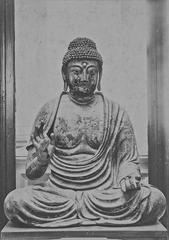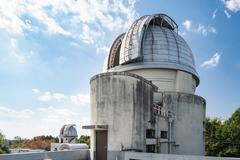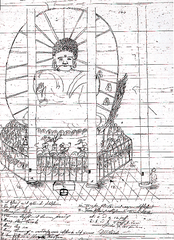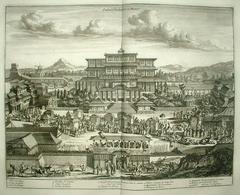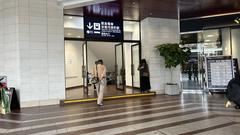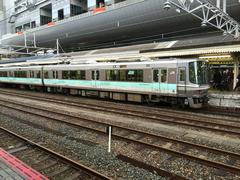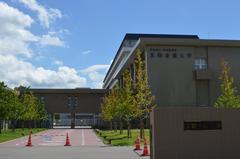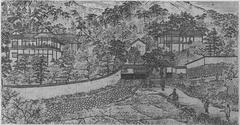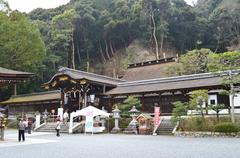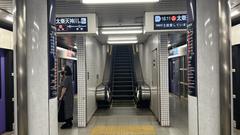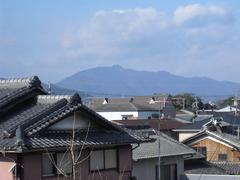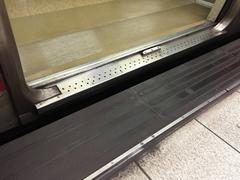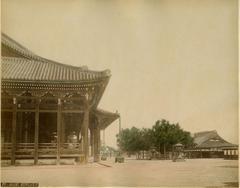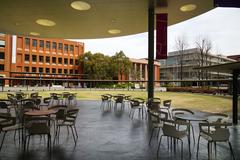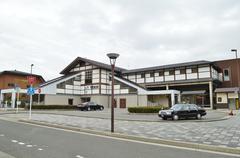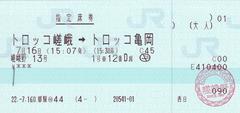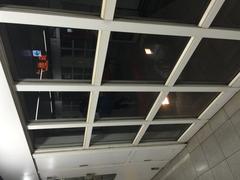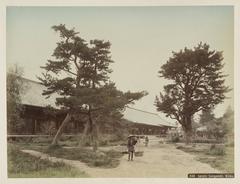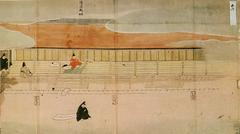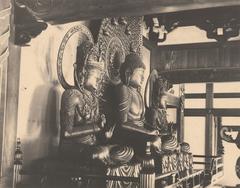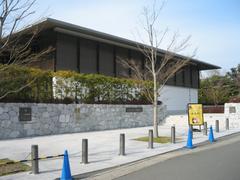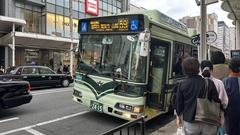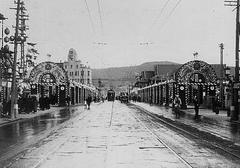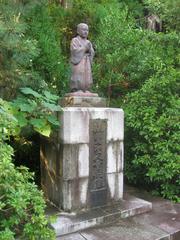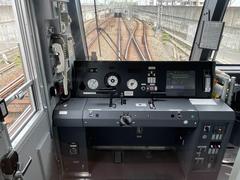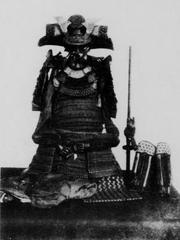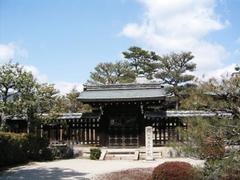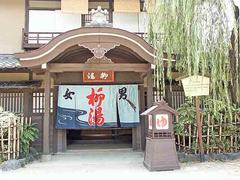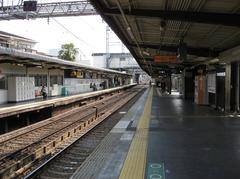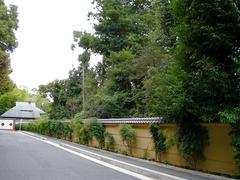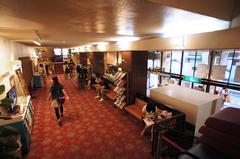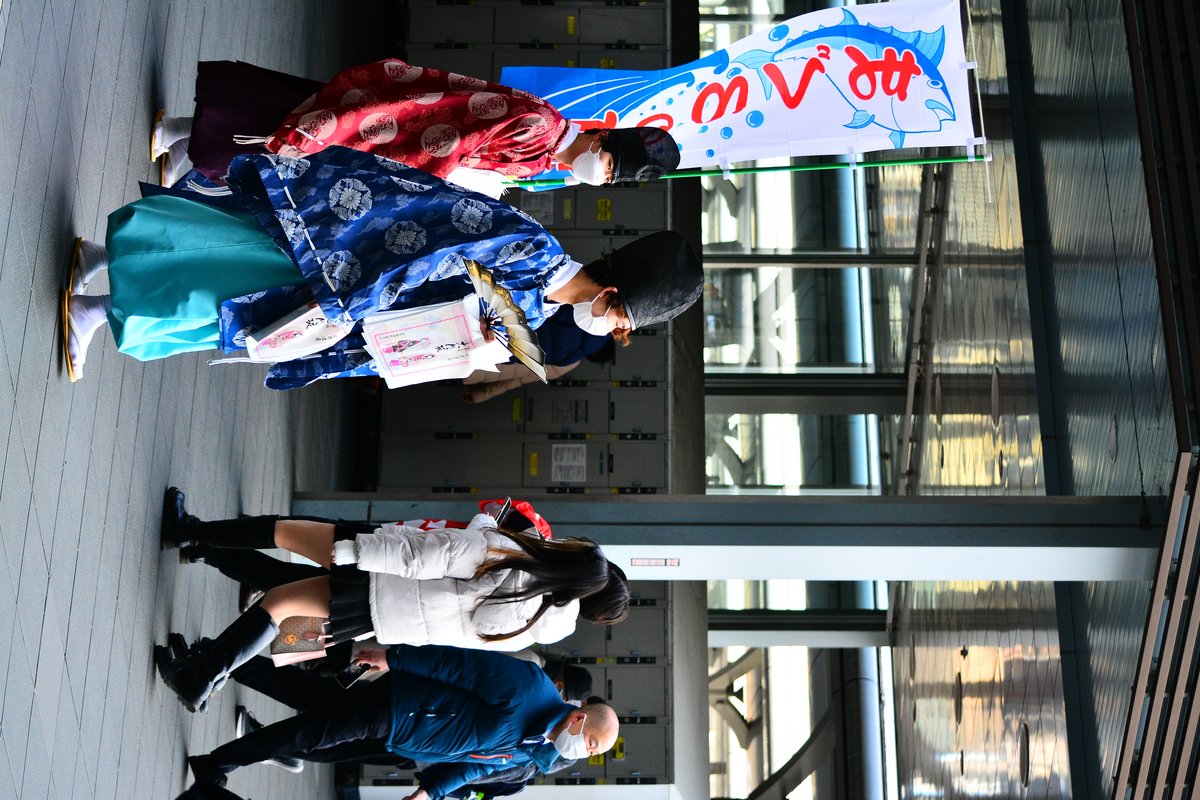
Kyoto Station Visiting Hours, Tickets, and Complete Tourist Guide
Date: 14/06/2025
Introduction
Kyoto Station is far more than a transit hub—it’s a modern architectural icon and an essential starting point for exploring Kyoto’s historic sites. Since its origins in 1877, Kyoto Station has evolved alongside the city, reflecting both Japan’s embrace of progress and its reverence for tradition. Today, it stands as a dynamic commercial, cultural, and social center, connecting travelers with the best of ancient and contemporary Kyoto. This guide provides everything you need to know about Kyoto Station’s history, facilities, visiting hours, ticketing, accessibility, and proximity to key historical attractions.
For a detailed look at Kyoto Station’s architectural evolution and visitor facilities, see Medium’s architectural evolution article and the Kyoto Station Guide.
Table of Contents
- History and Architectural Significance
- Station Layout and Facilities
- Visiting Hours and Ticketing
- Accessibility and Visitor Services
- Travel Tips
- Nearby Historical Sites
- Shopping, Dining, and Events
- Practical Information and FAQs
- Conclusion and Resources
History and Architectural Significance
Early Development
Kyoto’s railway journey began in 1877 with Umekoji Station, symbolizing the Meiji era’s drive to modernize through Western technology (Medium). This early station helped integrate Kyoto into a growing national network and spurred economic growth.
Post-War Modernization
After World War II, Kyoto’s largely preserved cityscape required new infrastructure to serve rising passenger numbers and the introduction of high-speed rail (Unseen Japan). The station was rebuilt and expanded several times to meet these demands.
1997: The Modern Landmark
The current Kyoto Station, completed in 1997 and designed by Hiroshi Hara, is a dramatic glass-and-steel structure stretching 470 meters in length and encompassing 238,000 square meters (Facts and Details). Its futuristic design initially sparked debate but is now celebrated as a symbol of Kyoto’s ability to balance innovation with heritage.
Architectural Highlights
- Grand Atrium & Glass Roof: A cathedral-like central hall filled with natural light.
- Sky Garden & Observation Deck: Rooftop gardens and walkways providing city and mountain views.
- Traditional Motifs: Subtle references to temples and Kyoto’s historic architecture, blending old and new.
- Public Art & Open Spaces: Emphasizing movement, openness, and community integration.
For more architectural insights, visit The Design Gesture.
Station Layout and Facilities
Kyoto Station spans 15 floors and is divided into north (Karasuma) and south (Hachijo) sides, each with major entrances (Kyoto Station Guide). The north side faces Kyoto Tower and the main bus terminal, while the south side connects to the Shinkansen platforms.
Key Facilities
- Rail Lines: Tokaido Shinkansen, JR West, Kintetsu, and Kyoto Municipal Subway (JRailPass.com).
- Bus Terminal: Extensive city, regional, and airport bus connections.
- Shopping: Isetan Department Store, The Cube, Porta Underground Mall.
- Dining: Ramen Street, sushi bars, bakeries, matcha cafés, and more.
- Accommodation: Hotel Granvia Kyoto and many nearby hotels.
- Cultural Venues: Kyoto Theater, Kyoto Station Art Museum, seasonal events, and rooftop Sky Garden.
- Luggage Services: Coin lockers, staffed storage, and luggage delivery counters (Japan Guide).
Clear multilingual signage, digital maps, and information desks make navigation easy (Kanpai Japan).
Visiting Hours and Ticketing
Visiting Hours
- Station Building: Open 24 hours for train operations.
- Shops & Restaurants: Typically 8:00 AM–9:00 PM (some open earlier/later).
- Sky Garden & Observation Deck: 9:00 AM–9:00 PM.
- Ticket Counters: 7:00 AM–10:00 PM.
Check specific facility hours during holidays or events (Kyoto Station Official Website).
Ticketing
- Train Tickets: Purchase at counters, vending machines, or online. JR Passes, regional passes, and IC cards (Suica, ICOCA) widely accepted (Japan Cheapo).
- Bus Tickets: Available at terminals or on the bus. Discount passes for tourists include the Kyoto Sightseeing Pass and Kansai Thru Pass (Flip Japan Guide).
- Attraction Tickets: Kyoto Tower, Kyoto Railway Museum, and other sites sell tickets on-site and online.
Accessibility and Visitor Services
Kyoto Station is highly accessible:
- Elevators, ramps, escalators, and tactile paving throughout.
- Accessible toilets and nursing rooms on multiple floors (Japan Cheapo).
- Wheelchair rental and priority assistance at information counters.
Multilingual staff and signage support international visitors. Free Wi-Fi, currency exchange, and ATMs accepting international cards are available (Piqtour).
Travel Tips
- Best Times to Visit: Early mornings and late evenings are less crowded (Flip Japan Guide).
- Navigation: Use Google Maps or Navitime for real-time directions.
- Luggage: Coin lockers fill quickly during peak times; consider luggage delivery.
- Souvenirs: The Cube and Isetan offer Kyoto-themed goods and food gifts.
- Photography: The Sky Garden and atrium are popular spots for panoramic shots.
- Safety: The station is secure, monitored, and well-patrolled.
Nearby Historical Sites
Start your Kyoto adventure from the station with these accessible landmarks:
- Kyoto Tower: Directly opposite the north exit; panoramic city views (Kyoto Station).
- Higashi Hongan-ji & Nishi Hongan-ji Temples: Historic Buddhist temples within walking distance (Japan Wonder Travel).
- To-ji Temple: UNESCO World Heritage site, renowned for its five-story pagoda.
- Shosei-en Garden: Traditional Japanese garden, 10 minutes on foot.
- Kyoto Railway Museum & Aquarium: Family-friendly attractions near Umekoji Park.
- Gion, Kiyomizu-dera, and Nijo Castle: Easy subway or bus rides from the station.
For more, see Trip101.
Shopping, Dining, and Events
- Isetan Department Store: Luxury shopping and gourmet foods (Piqtour).
- Porta Underground Mall: Fashion, bakeries, specialty shops.
- Ramen Street: Multiple regional ramen shops on the 10th floor.
- Seasonal Events: Illuminations, cultural showcases, and food fairs (Prepare Travel Plans).
- Kimono Rental: Try traditional attire at in-station boutiques (Live Japan).
Practical Information and FAQs
Frequently Asked Questions
Q: What are Kyoto Station’s hours?
A: The station is open 24 hours; most shops and restaurants are open 8:00 AM–9:00 PM.
Q: Where can I buy tickets?
A: At counters, vending machines, or online. IC cards and tourist passes are also available.
Q: Is the station accessible?
A: Yes, with elevators, ramps, accessible restrooms, and wheelchair rentals.
Q: Are lockers available?
A: Coin lockers and staffed luggage storage are found throughout the station.
Q: Which historical sites are nearby?
A: Kyoto Tower, To-ji Temple, Nishi Hongan-ji, Higashi Hongan-ji, and Shosei-en Garden are all within walking distance.
For more, visit the Kyoto Station Building Official Website.
Conclusion and Resources
Kyoto Station exemplifies the city’s blend of tradition and modernity, serving as both a gateway and a destination. With its seamless transportation links, diverse amenities, and proximity to iconic historical sites, it’s the ideal starting point for your Kyoto journey. Make the most of your visit by taking advantage of the station’s facilities, exploring nearby attractions, and enjoying its unique architectural spaces.
For real-time updates, travel tips, and guided tour options, download the Audiala app and follow us on social media. Start your adventure in Kyoto with confidence and inspiration.
Additional Resources
- The Evolution of Kyoto’s Architecture: From Ancient to Modern
- Kyoto Station Building Facilities and History
- Kyoto History on Unseen Japan
- Kyoto Station Guide: Facilities, Tickets & Travel Tips
- Kyoto Station Transportation and Attractions
- Kyoto Station Official Website
- Kyoto Station Building Facilities
- Kanpai Japan Kyoto Station
- Japan Cheapo Kyoto Station Guide
- Japan Guide Kyoto Station
- Live Japan Kyoto Station Area
- Piqtour Kyoto Station
- Kyoto Travel Official
- Trip101 Kyoto Station Attractions
- Flip Japan Guide Kyoto Travel Tips
- Voyaged Magazine Kyoto Itinerary
- Prepare Travel Plans Kyoto
- Inside Kyoto Events
- Japan Wonder Travel
- The Design Gesture
For best user experience and SEO, include high-quality images of Kyoto Station and nearby attractions with descriptive alt text, as well as interactive maps or virtual tours.
